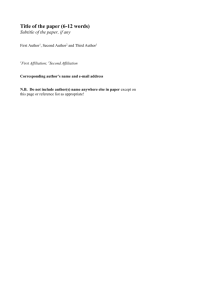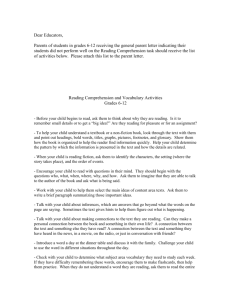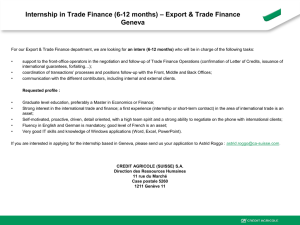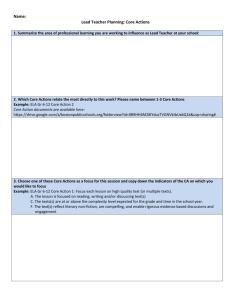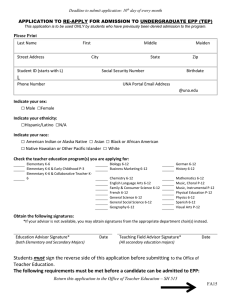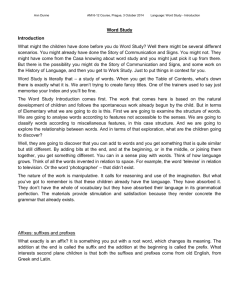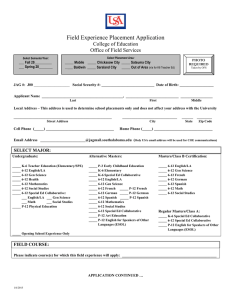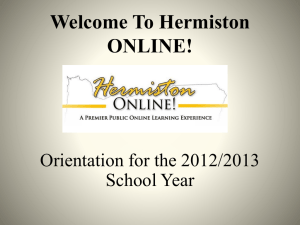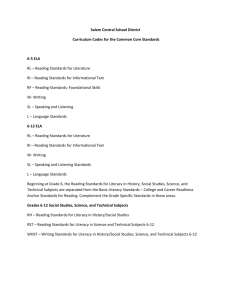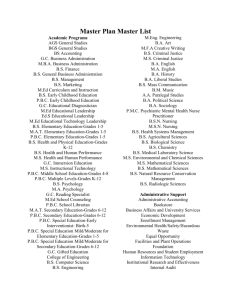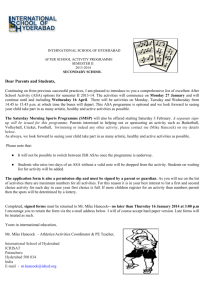Strategic Reading: Leaving Tracks
advertisement
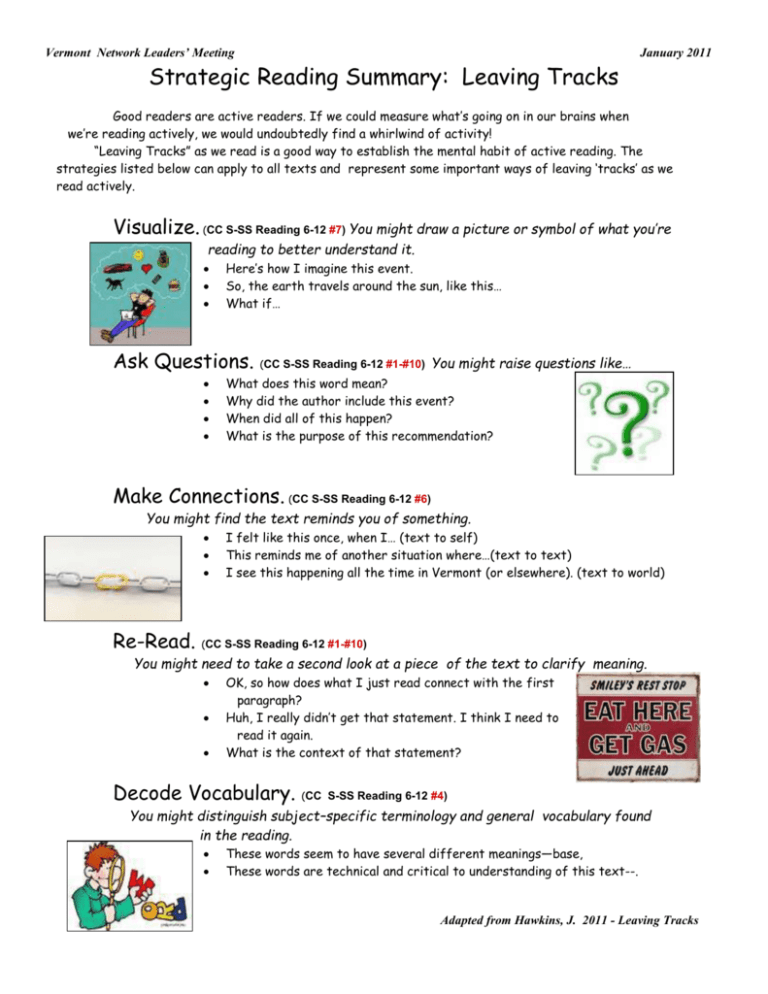
Vermont Network Leaders’ Meeting January 2011 Strategic Reading Summary: Leaving Tracks Good readers are active readers. If we could measure what’s going on in our brains when we’re reading actively, we would undoubtedly find a whirlwind of activity! “Leaving Tracks” as we read is a good way to establish the mental habit of active reading. The strategies listed below can apply to all texts and represent some important ways of leaving ‘tracks’ as we read actively. Visualize. (CC S-SS Reading 6-12 #7) You might draw a picture or symbol of what you’re reading to better understand it. Here’s how I imagine this event. So, the earth travels around the sun, like this… What if… Ask Questions. (CC S-SS Reading 6-12 #1-#10) You might raise questions like… What does this word mean? Why did the author include this event? When did all of this happen? What is the purpose of this recommendation? Make Connections. (CC S-SS Reading 6-12 #6) You might find the text reminds you of something. I felt like this once, when I… (text to self) This reminds me of another situation where…(text to text) I see this happening all the time in Vermont (or elsewhere). (text to world) Re-Read. (CC S-SS Reading 6-12 #1-#10) You might need to take a second look at a piece of the text to clarify meaning. OK, so how does what I just read connect with the first paragraph? Huh, I really didn’t get that statement. I think I need to read it again. What is the context of that statement? Decode Vocabulary. (CC S-SS Reading 6-12 #4) You might distinguish subject–specific terminology and general vocabulary found in the reading. These words seem to have several different meanings—base, These words are technical and critical to understanding of this text--. Adapted from Hawkins, J. 2011 - Leaving Tracks Vermont Network Leaders’ Meeting January 2011 Explore Inferences. (CC S-SS Reading 6-12 #1-#10) You might figure out something from the text, even though the text doesn’t come right out and say it. Hmmmm…so it seems this author is really passionate about this topic. So…if hurricanes are this dangerous, maybe the city needs to set aside more money for shelters. How might my personal perspective alter my interpretation of text? Determine Important Ideas. (CC S-SS Reading 6-12 #2 & #6) You might identify the main point of the reading and notice how it is addressed in different ways. Summarize The big idea here seems to support the connection between carbon dioxide and climate change. Oh, I get it; these two historians actually agree about this issue. Evaluate Synthesize. (CC S-SS Reading 6-12 #2 & # 7) You might show your understanding of the reading by putting an idea into your own words. So, what the author seems to be saying is… Here are the differences between the essential and the non-essential information in this reading. How does this information fit with what I already know? Analyze Structure. (CC S-SS Reading 6-12 #5) You might identify the connection between the content of the reading and how the information is presented. The text structure of this reading seems to have a cause and effect format. I have found several text features that reinforce the point the author is trying to make. For a more detailed explanation of each Reading Strategy and student instructional ideas for each-–visit this Vermont Common Core wiki site https://sites.google.com/site/commoncoreinvermont/ Here is the address of the entire Common Core Literacy document. Science-related portions begin on page 59. http://www.corestandards.org/assets/CCSSI_ELA%20Standards.pdf Adapted from Hawkins, J. 2011 - Leaving Tracks
